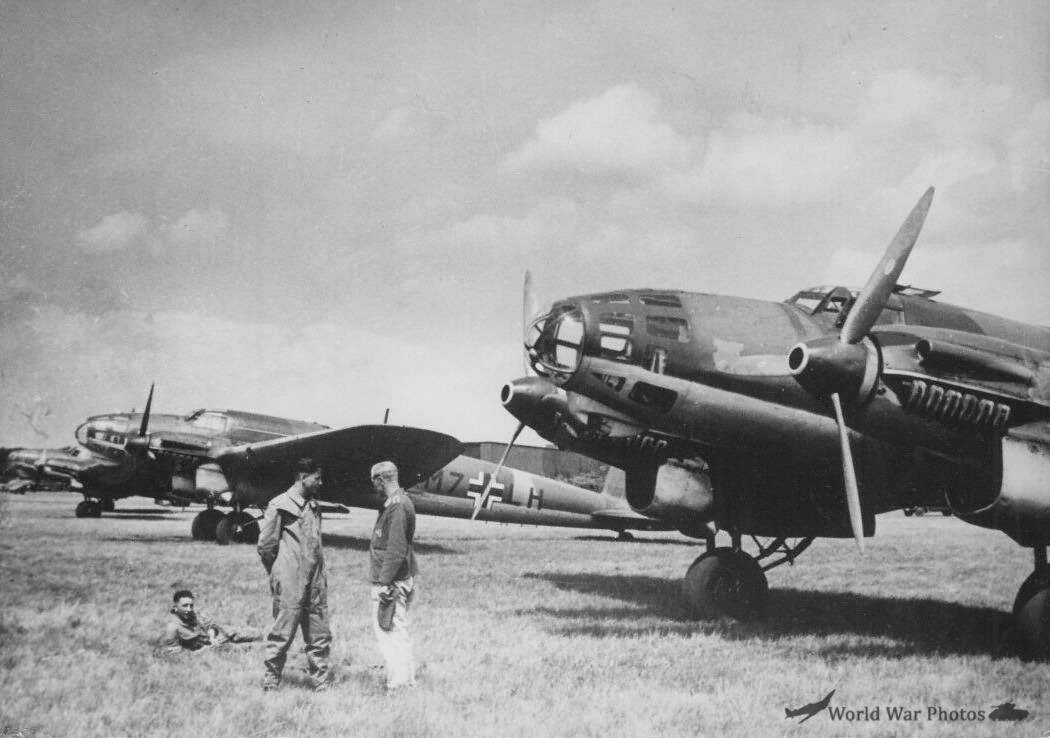The He 111J variant was developed in late 1937 when the RLM (Reich Air Ministry) requested Heinkel to create a torpedo-carrying version of the He 111. This marked the first time a fast, twin-engined land-aircraft was used in this role for Germany.
The prototypes for the He 111J, specifically the He 111V-17 (registered D-ACBH) and He 111V-18 (registered D-ADUM), were created from modified He 111B airframes. These prototypes were used for extensive torpedo-carrier and release evaluation trials. The He 111V-18 was also notable for its civil registration markings.
The He 111J was powered by two 1,000 hp Daimler-Benz DB 600G 12-cylinder, liquid-cooled, inline engines with fixed radiators under the engines. Some sources also mention DB 601G engines for the He 111J-1 and DB 600 V and D/C engines during its 1936 development. The J-1 variant later featured four-bladed propellers for testing purposes.
Designed as a torpedo bomber, the He 111J-1 could carry two 765 kg (1,686.5 pounds) LT F5b torpedoes or 2,000 kg (4,409.2 pounds) of sea mines. Notably, no internal bomb bay was provided in this variant. An example of a glide-attachment tested with the He 111J-1 torpedo bombers was the Blohm & Voss L 10 Friedensengel, which was intended to increase the launch distance for torpedoes.
Production of the He 111J was approved in September 1938, and ten pre-production He 111J-0s (Werk Nr. 5001-5010) were built that month. However, the production of the He 111J-1 was subsequently cancelled because the Kriegsmarine ceased its torpedo bomber requirement. As a result, the 80 planned He 111J-1 production aircraft were instead reconfigured as level bombers for the Luftwaffe. The P-series and H-series later replaced the F and J series on the assembly lines.
Despite the cancellation of large-scale torpedo bomber production, the He 111J was still in use with Küstenfliegergruppe (Kü.Fl.Gr.) 806 under Naval Aviation command. Specifications for the He 111J-1 include a maximum speed of 400 km/h, a service ceiling of 7,000 meters, a maximum range of 8,000 meters, and a maximum bomb load of 2,000 kg.
